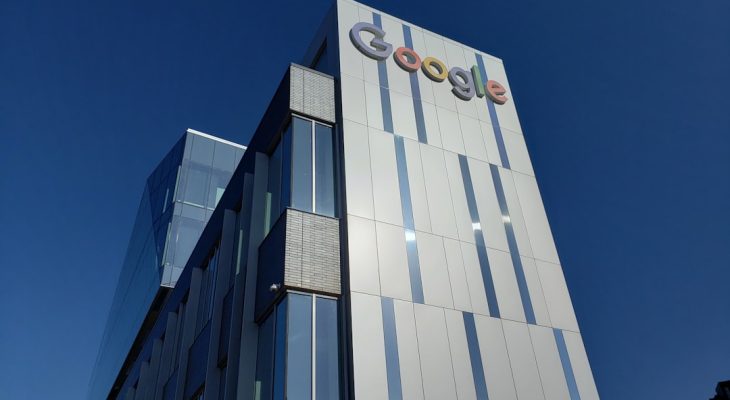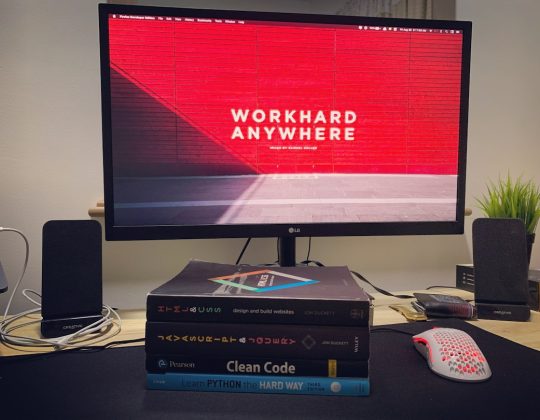In the ever-evolving landscape of digital marketing, Local SEO in 2025 has become more sophisticated and competitive than ever before. As consumer behavior shifts toward hyperlocal solutions and on-the-go mobile search, businesses need to stay ahead by optimizing every aspect of their local online presence. Among the key drivers of success are Google Business Profile (GBP) optimization, online reviews, and visibility in the coveted Google Map Pack.
The Evolving Role of Google Business Profile (GBP)
Formerly known as Google My Business, Google Business Profile remains a cornerstone of local SEO strategy in 2025. However, Google has expanded GBP capabilities significantly, integrating AI-driven analytics, real-time customer engagement tools, and more refined metrics for performance.
Here are several ways businesses can fully optimize their GBP for improved visibility:
- Ensure NAP Accuracy: Always maintain consistency in Name, Address, and Phone Number across all platforms.
- Use Advanced Attributes: GBP now allows for industry-specific attributes, including appointment links, accessibility options, and environmental commitments. Fill these in accurately.
- Leverage the Q&A Section: Anticipate common questions and provide helpful, keyword-rich answers to increase relevance and visibility.
- Post Regular Updates: Google favors active profiles. Use GBP posts to share events, offers, or news at least once a week.
Additionally, with the rise of Google’s AI-generated overviews and auto-summaries, well-managed GBP content directly feeds into how your business is presented in AI responses. This makes structured, regularly updated information more critical than ever.

The Strategic Value of Reviews in 2025
Reviews have always played an essential role in local SEO, but in 2025, their influence goes beyond simple star ratings. Google’s algorithm now interprets review volume, recency, and semantic sentiment at a deeper level, using Natural Language Processing (NLP) to determine relevance and trustworthiness.
What Matters in Reviews Today?
- High Volume and Frequency: A steady stream of recent, genuine reviews signals an active business worth promoting.
- Keywords in Reviews: Customers unintentionally performing “keyword stuffing” in their feedback helps search engines learn more about what your business does best.
- Responses to Reviews: Engaging respectfully with both positive and negative reviews shows credibility and boosts local signals.
- Platform Diversity: In addition to Google reviews, platforms like Yelp, Facebook, and industry-specific sites contribute to trust signals—even if indirectly.
Fake reviews are heavily penalized in 2025. AI can now detect patterns of illegitimate review activity with high accuracy. Instead, businesses should focus on implementing robust customer feedback loops and even incentivized (but transparent) review generation strategies.
Optimizing Customer Feedback Loops
Here are a few best practices:
- Post-transaction emails and texts: Politely ask for a review immediately after the customer interaction while it’s fresh in their mind.
- QR-code prompts in physical locations: Easy and mobile-friendly, especially valuable for restaurants, salons, and brick-and-mortar retail.
- Use review generation platforms: Tools like GatherUp or Podium help automate and streamline the process.
Dominating the Map Pack in 2025
The Google Map Pack (also called the Local Pack) displays the top three business listings relevant to a local search query. With only three spots available—and competition increasing—it has become a high-stakes zone for local businesses.
To appear in the Map Pack, Google considers three major ranking factors:
- Relevance: How well does your GBP match what the searcher is looking for?
- Proximity: How close are you physically to the user based on GPS or IP data?
- Prominence: How well known is your business, both online and offline?
While proximity is often outside your control (though multi-location strategies can help), relevance and prominence can be improved through consistent strategy.
Map Pack Tactics That Work in 2025
- Advanced Local Keyword Targeting: Optimize your site and GBP using long-tail keywords that include location-specific phrases and service terms.
- Structured Data (Schema Markup): Implementing localBusiness, postalAddress, and openingHours schema enables Google to better understand your location and services.
- Citation Building: Consistently list your business on reputable directories such as Apple Maps, Bing Places, and industry-specific portals.
- Geo-tagged Images: Upload photos to your GBP that are tagged with GPS metadata. Google increasingly values visual proof of location authenticity.

AI and Personalization: The Future of Local Search
Search personalization has significantly advanced by 2025. Google, powered by deep learning models, now tailors local results based on precise user behavior patterns, location history, device type, and even social signals.
This means two users searching for “Mexican restaurant near me” at the same time may see completely different results. Improving your visibility now relies on a deeper understanding of local buyer personas and behavioral segmentation.
Adaptation Strategies for Search Personalization
- Localized Content Creation: Blog posts, landing pages, and videos targeting events, neighborhoods, or community news help drive contextual relevance.
- Behavior-Based Remarketing: Utilize Google Ads and Facebook Ads to target local traffic that has interacted with your website or GBP previously.
- Community Engagement: Events, sponsorships, and collaborations with local influencers boost both brand recognition and online reach.
Google is also experimenting with integrations between Google Maps and wearable devices. Businesses that support real-time updates, such as wait times or live availability, stand out in these near-field search environments—especially for services like healthcare clinics, restaurants, and convenience stores.
Voice and Visual Search Are Mainstream
With smart assistants, wearables, and AR devices more widely adopted in 2025, local SEO strategists must now consider optimizing for both voice search queries and visual search behavior.
- Voice Search: Often includes conversational language. Focus on natural phrases and FAQ-style content (“Where can I find a 24-hour pharmacy near me?”).
- Visual Search: Google Lens and similar tools allow users to search with photos. Ensure your signage, storefront, and branded items are well-optimized visually and include alt-text and schema.

Conclusion: Local SEO in 2025 Demands Precision
Gone are the days when simply claiming a Google business listing was enough. In 2025, Local SEO requires meticulous attention to detail across a wide spectrum of digital touchpoints. Businesses must invest in their GBP, cultivate strong reviews, optimize for Map Pack visibility, and adapt to AI-driven, personalized search environments.
By mastering these modern tactics and remaining agile to new changes, local businesses can not only survive but thrive in an increasingly digitized and competitive marketplace.
Success in local search is no longer optional—it’s foundational.







